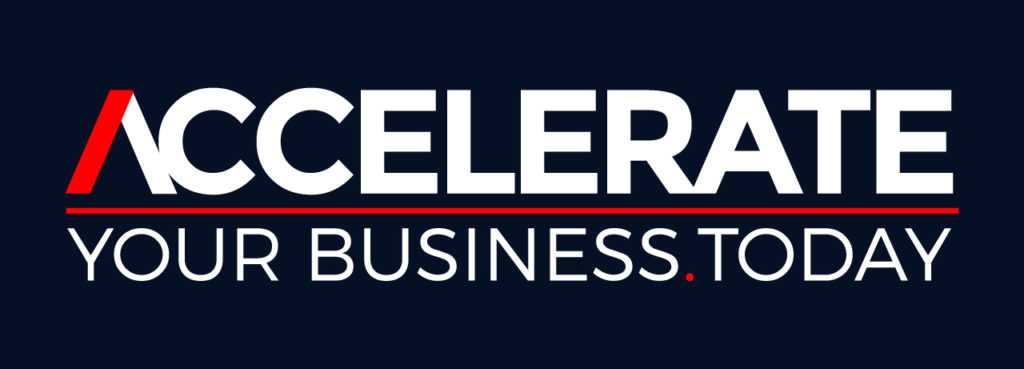Peak performance: many successful businesses often hit a point of diminishing returns on their traditional platforms like Facebook, Instagram and Google. Before reaching these saturation points, testing and improving other new channels makes commercial sense.
Understanding buyer journeys is the fastest way to unlock everything you need to know about where to start widening your media campaign mix.
Leveraging your revenue data with pre-and post-purchase survey tools which collect behavioural data, understand your buyer attribution, and can improve your ROI with insights straight from your buyers is vital—brands like www.knocommerce.com provide a good starting point.
Measure everything. Scale everywhere.
Northbeam.com is a universal advertising attribution platform to understand precisely how advertising spending is performing – and which channels to scale to maximise ROI.
Its big business: HelloFresh is running 1,200 versions of advertising creatives worldwide.
As businesses grow, testing new channels is a core part of demand generation for every business. You want to establish if there is a
- Higher likelihood of winning new revenue for a lower average acquisition cost than other channels,
- The start point is identifying new potential channels and testing those with test budgets,
- Like all gambling, there is a chance of losing the test budget with no revenue; never bet the bank to test.
- You mitigate the risks in advance with a proven strategy and tactics. As well as ensuring your business has access to specialist people who know the channel industry, people, practices, tips, tricks, and strategies, along with insider knowledge to ensure you have every chance of winning more revenue,
- New channel testing often means updating your creative campaign assets to align with the new channel.
Some channels that are often new to businesses within a standard digital eco-system are
- Outdoor and indoor digital displays – you see them everywhere in shopping centres, petrol stations, and shops – you too can have your businesses advertising anywhere at any time or in just one business at certain times.
- A choice of either TV advertising, free-to-air TV, or digital TV – local advertising is seen instead of capital city advertising. The latter can be geo-fenced, so campaigns are more targeted for less cost. The following explains your TV choices.
- Linear TV: Free-to-air television. Broadcasters set their Schedule, and audiences tune in at specific times to watch their favourite programs or live events. There are three advertising formats – 60, 30 and 15-second slots. Advertisers buy spots that air during times and days, reaching a large audience. The problem: its reach is declining as viewers shift to digital platforms.
- CTV (Connected TV): Connected -smart TV refers to any TV connected to the Internet and accesses content beyond what is available via the free-to-air broadcast networks. (Smart TVs, Roku, Apple TV, and many others)
- OTT (Over-The-Top) TV: OTT is any content served to viewers via the Internet. Netflix, Prime and Disney+ are just some of the possibilities.
Pre-internet – major advertisers would block buy every TV channel on a Sunday night at set times to ensure maximum reach.
Geo-fenced in-app advertising has become another fast-growing high-performance advertising medium.
- Target your competitor’s in-store traffic with your campaigns – delivered to their phones and ipads. Win your competitor’s potential buyers in near-real time,
- Target potential buyers based on their buying habits. Let’s say you are running a campaign to gain visitors to your state or region to visit a specific location – a tourist attraction, wine festival, or rock concert. Targeting allows you to focus campaigns on higher incomes, with rental cars within 200 kilometres and are high spenders – easy.
- Target voters in specific electorates with highly targeted localised campaigns.
Your creative campaign is critical – Success lurks on every marketing channel if your creative assets do a phenomenal job explaining who you are, the problem(s) you solve, and why your ideal buyers should only buy from your business rather than your competitors.
Creative testing: start with generating 2-3 concepts that you test with 4-6 angles at the beginning of the A/B test.
Your ideal buyer should not be thinking – what’s next?
Is your funnel – the potential buyer’s next steps clear to them at every point?
A checklist
- Is the creative on the landing page the same as where the traffic originated?
- Will the landing page do an excellent job of collecting first-party data (1P data)?
- Is it cost-effective to provide a free giveaway to increase the opt-in rate of the 1P data?
- Have you tested your campaign offer to ensure it is bulletproof?
- Do you need to offer to buy now, pay later options or add TRUST assets – social media, other buyers’ 5-star recommendations, As seen on various news stations to lift trust?
Has your business created –
- Has your business got a budget for research and testing how to improve demand generation?
- Has your business increased its revenue and marketing operations budget for next year as the economy slows?
- What works best in driving up demand for your products and services?
Regards
David

